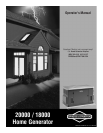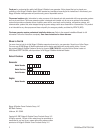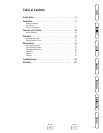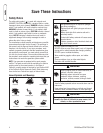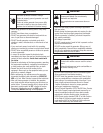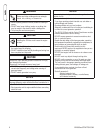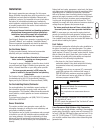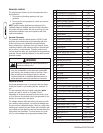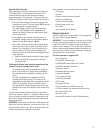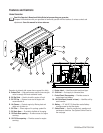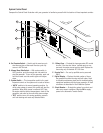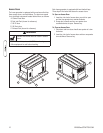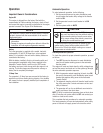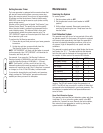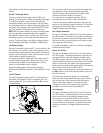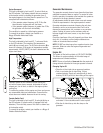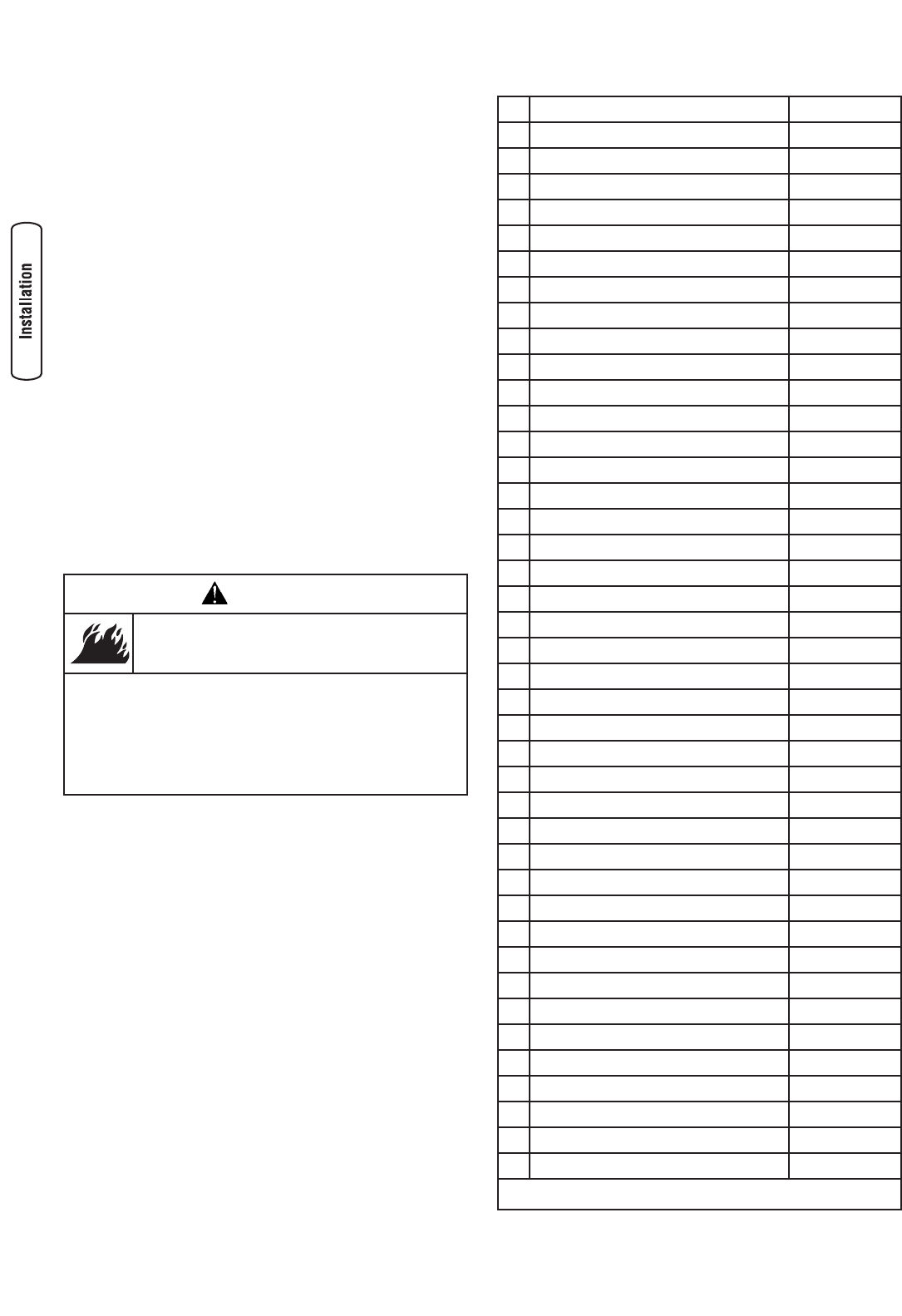
8 BRIGGSandSTRATTON.COM
Generator Location
The actual physical location of your home generator has a
direct affect on:
1. The amount of plumbing required to fuel your
generator.
2. The amount of wiring required to control and connect
your generator.
NOTE: Specific location guidelines are discussed in the
Installation Manual. Acquaint yourself with that information
and confer with your installer. Be sure to ask how your site
might affect installation costs and compliance with local
codes and standards.
Generator Clearances
The generator must be installed outdoors. DO NOT install
generator where exhaust gas could accumulate and enter
inside or be drawn into a potentially occupied building.
Ensure exhaust gas is kept away from any windows, doors,
ventilation intakes or other openings that can allow exhaust
gas to collect in a confined area. Prevailing winds and air
currents should be taken into consideration when positioning
generator. See the Installation Manual for full details on safe
generator location.
WARNING
Exhaust heat/gases can ignite combustibles or
structures causing a fire.
DO NOT install the generator closer than 5 feet (1.5m)
from any combustibles or structures with combustible
walls having a fire resistance rating of less than 1 hour.
Keep at least minimum distances shown in General
Location Guidelines in Installation Manual to insure for
proper generator cooling and maintenance clearances.
•
•
Essential Circuits
As a home generator owner, it is important that you clearly
identify the circuits in your building that are “essential” to
you.
It is also important that your installer understand which
circuits you want to include as “Essential Circuits”.
Depending on the power consumed by these circuits, most
or all of them can be switched to the home generator for the
duration of normal power interruption.
The wattage reference table that follows will assist you with
your decision-making process. It provides the wattage used
by many ordinary household devices. Use it as a guide when
selecting your essential circuits. Review this information with
your installer and ask about any technical considerations that
might affect your installation. This chart serves as a guide
only. For exact wattage use an appropriate wattage meter
Device
Running Watts
q
Air Conditioner (12,000 Btu)* 1700
q
Air Conditioner (24,000 Btu)* 3800
q
Air Conditioner (40,000 Btu)* 6000
q
Battery Charger (20 Amp) 500
q
Circular Saw (6-1/2”) 800 to 1000
q
Clothes Dryer (Electric)* 5750
q
Clothes Dryer (Gas)* 700
q
Clothes Washer* 1150
q
Coffee Maker 1750
q
Compressor (1 HP)* 2000
q
Compressor (1/2 HP)* 1400
q
Compressor (3/4 HP)* 1800
q
Curling Iron 700
q
Dehumidifier* 650
q
Electric Blanket 400
q
Electric Range (per element) 1500
q
Electric Skillet 1250
q
Freezer* 700
q
Furnace Fan (1/2 HP)* 800
q
Garage Door Opener* 500 to 750
q
Hair Dryer 1200
q
Hand Drill 250 to 1100
q
Iron 1200
q
Jet Pump* 800
q
Light Bulb 100
q
Microwave Oven 700 to 1000
q
Milk Cooler* 1100
q
Oil Burner on Furnace 300
q
Oil Fired Space Heater (140,000 Btu) 400
q
Oil Fired Space Heater (30,000 Btu) 150
q
Oil Fired Space Heater (85,000 Btu) 225
q
Radio 50 to 200
q
Refrigerator 700
q
Slow Cooker 200
q
Submersible Pump (1 HP)* 2000
q
Submersible Pump (1/2 HP)* 1500
q
Submersible Pump (1-1/2 HP)* 2800
q
Sump Pump* 800 to 1050
q
Table Saw (10”)* 1750 to 2000
q
Television 200 to 500
q
Toaster 1000 to 1650
*Allow three (3) times listed watts for starting device



